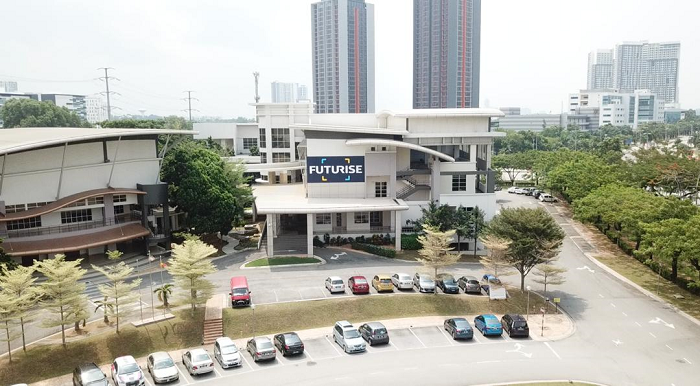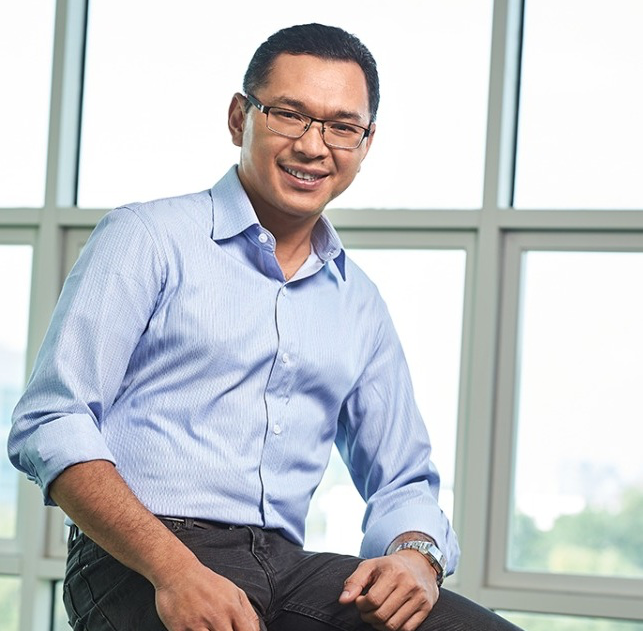
Futurise, in how it is ensuring a future for tech innovations and ideas in the country
By Karamjit Singh April 24, 2020
- More innovation sandboxes can be expected via a public-private partnership in future
- Open Innovation Platform framework to be further developed, advisory panel to come

Mahadhir Aziz, the chief executive officer of Futurise Sdn Bhd, has likened drones to the invention of wheels – innovation with the potential for great change. “Drones are parallel to the wheel in that they will have great influence in the fourth Industrial Revolution,” he was quoted saying during the Malaysian Drone Expo last year.
Drones may revolutionise the ways things are done in the near future, but they are currently facing a slew of challenges. The biggest issue is in ensuring that innovations and implementations of drone tech will meet the standards and regulations in place – something which Futurise (a wholly-owned subsidiary of Cyberview) is working to solve.
Only govt-owned company with responsibility to look into regulatory issues on innovation
Speaking to Digital News Asia, Mahadhir (pic, right) notes that technological innovations have two major impediments – commercial viability and regulations.
And when it comes to regulatory issues, not many know this, but Futurise is the only government-owned company that is tasked with the responsibility to look into regulatory impediments on innovation.
As is well known, poor or no regulations can actually halt progress. He brings up an example in paintball as a sport. Paintball markers were considered illegal in 2013, with the Royal Malaysian Police (PDRM) classifying them as firearms under the jurisdiction of the Arms Act 1960. Permits for markers are notoriously hard to get. The sport can’t grow because its legality is in limbo, where the legality of the markers are never clear. Although it was finalised via a court decision, it took a considerable amount of time and effort to legalise the sport. It was also stated that Malaysia has a potential to be a paintball hub for the region but that aspiration was killed by the regulation.
Mahadhir isn’t allowing the same issues to plague drone development in the country. Futurise currently has the Government's recognition as the main driver for the National Regulatory Sandbox, with drones being the first case that Futurise undertook. The various engagement sessions facilitated brought upon a constructive information sharing environment amongst regulators and industry players, allowing the Civil Aviation Authority of Malaysia (CAAM) to formulate better regulatory decisions.
A public consultation was recently published by CAAM on the 24th of March to seek feedback on the revised Aeronautical Information Circular (AIC) for Unmanned Aircraft System (UAS) operations. These regulations are a compilation drawn from current UAS regulations in Australia, Singapore and the United Kingdom.
The regulations were, in fact, discussed last year in three major consultations (plus several breakout discussions) with the respective ministries and authorities – the Malaysian police (PDRM) and the Malaysian Communications and Multimedia Commission (MCMC) amongst them.
“It was comprehensive,” Mahadhir says.
Drawing lines
“What happens is that there will be more classification of drones, based on low, medium or high-risk operation categories as published in the recent public consultation by CAAM. And then you would have different permits and different pilot licenses for respective drones,” he adds.
This all fits back into the National Regulatory Sandbox (NRS) that Futurise announced back in February 2018. Mahadhir says there is currently a drone testing zone in Cyberjaya, where they conduct the tests for the regulations. “It’s literally a sandbox,” he says. “With some rules.”
The key aspects of what a regulatory sandbox are there – a place for the infrastructure, players, equipment and regulations to come together into a bigger picture that can later be modified and developed upon.
Adding to this, Mahadhir says that there is always the aspiration and potential to be working with the private sector with these initiatives. Perhaps in the near future, we could even see a similar privately run drone testing zone that is not confined within the Cyberjaya vicinity.
Still, drone testing is not the sole Futurise project. They are also working with relevant authorities looking into regulating autonomous vehicles testing on public roads in selected locations which includes the creation of trial guidelines for them. Guidelines are currently centred in Cyberjaya – the areas are being discussed with the local authorities and the Ministry of Transport. This includes the usage of dedicated lanes that are clearly indicated for autonomous vehicles, with tests and usage conducted only at specific hours of the day.
Future of Futurity
Beyond that, Mahadhir is also looking at developing a framework for Futurity, which is the Open Innovation Platform meant to address issues at hand as well as developing holistic ecosystems to change that.
“It’s basically a platform where people can look at the challenges and issues at hand, then look at the funding that is available to do that, and the support from the government in terms of agencies and ministries,” he elaborates. “And also whether there’s any existing research done by academia.”
In regards to this, Mahadhir says he’s establishing an evaluation committee for the Open Innovation Platform (Futurity) that will be made up of selected Ministries, Government agencies and subject matter experts from various industries.
The committee will be looking at submissions into the platform, which allows all the entities to then pool their resources and kickstart the solutions. This, Mahadhir says, will be launched in the near future and will come with an artificial intelligence (AI) component. How it works is that the platform will receive the submission that will be vetted through by the Futurity taskforce who will then use AI to match it to the right company or entity.
Ultimately, this is to allow organisations or startups to develop their ideas while ensuring that they are not breaking laws, or to check if they require intervention – hence supporting the NRS.
For the year 2020, Futurise wants to be seen more as a public policy advisor. “This is because we consult with the government, in terms of what to change, how to change it and how to roll it out. What we do is more consultancy work,” Mahadhir says.
He does want to avoid Futurise being categorised as a think-tank, however. “I want to demonstrate that we are not just advising, but working on the ground as well and getting results.”
Certainly, when it comes to innovation and regulations, you do really need to get your hands and feet into the field.
Related stories:
Futurise aims to unlock value in Malaysia’s digital economy
Poladrone, with edge in data analytics, now looks to drone automation
GDCKL 2020: building a flight path for Malaysian drone companies


